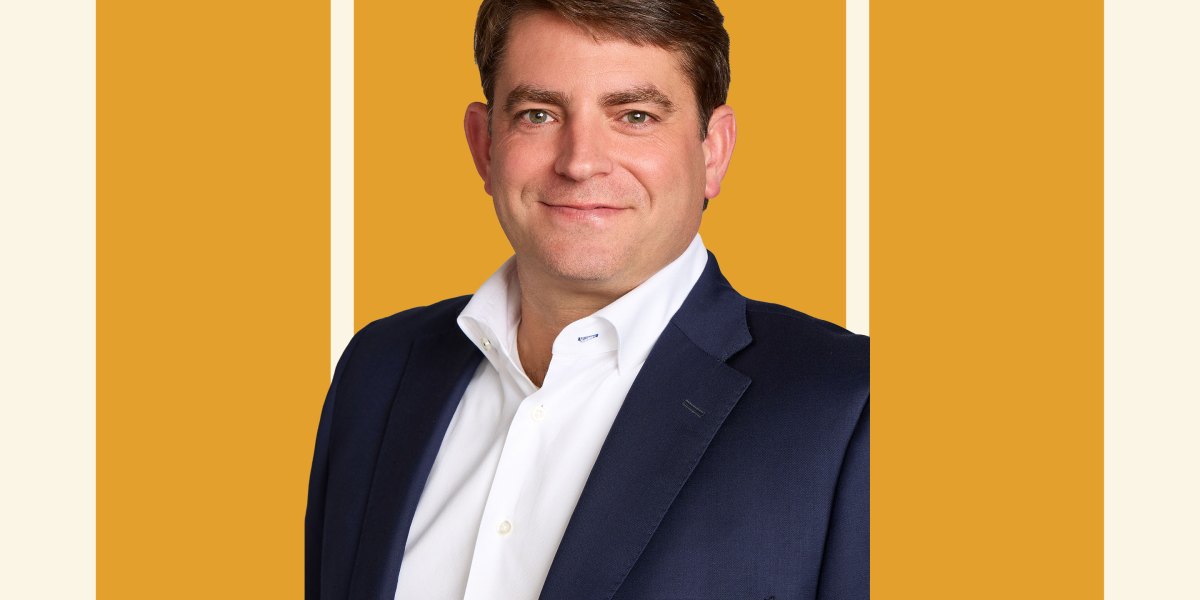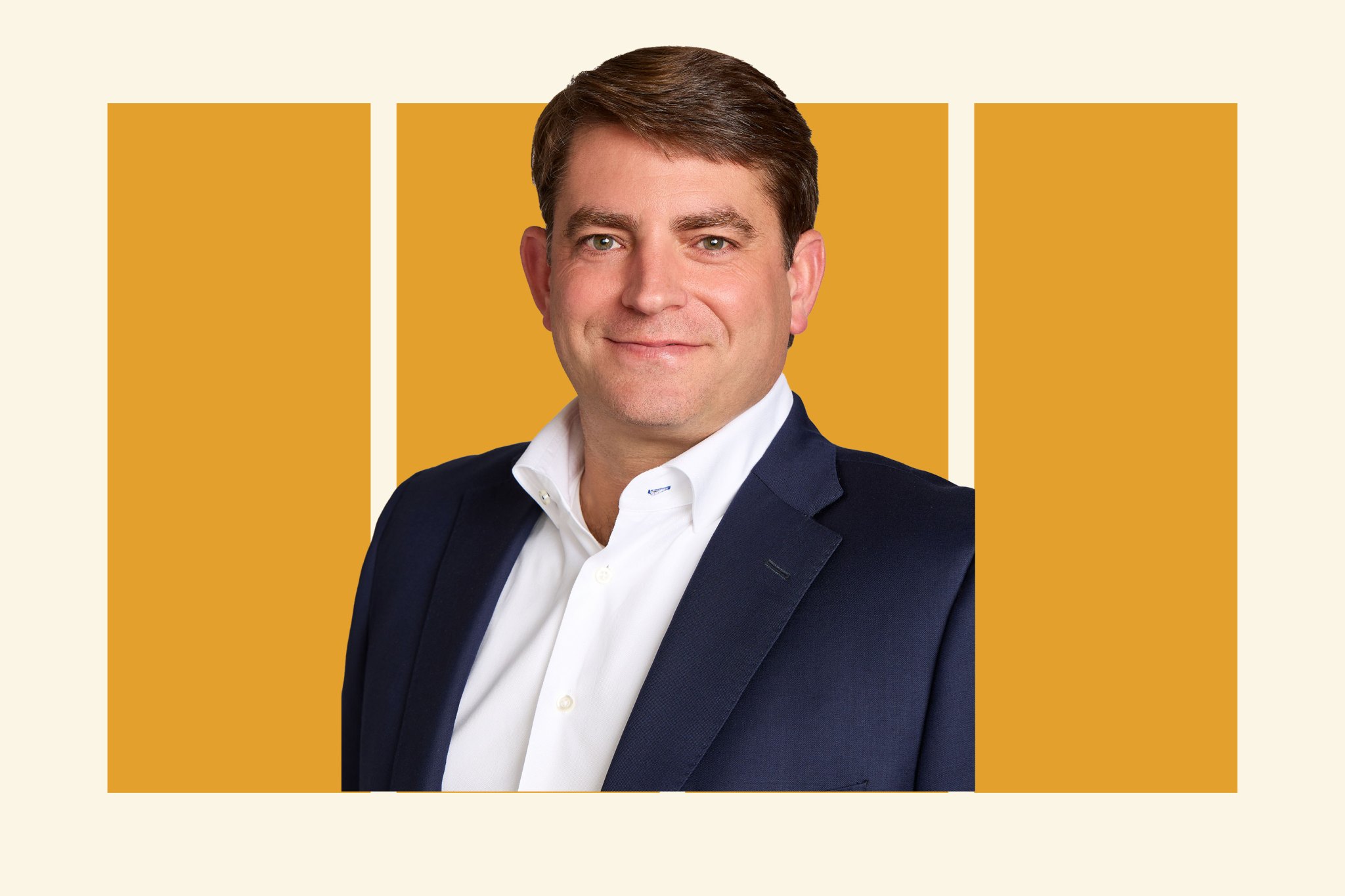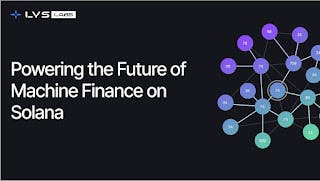UPS CFO on Amazon pullback and driving a growth strategy


Good morning. UPS continues to lean into a strategy positioning it for long-term growth—one that required shrinking its decades-long partnership with Amazon.
The package-delivery giant (No. 47 on the Fortune 500) beat Wall Street expectations for the third quarter, reporting on Tuesday $21.4 billion in revenue and adjusted EPS of $1.74, both well above forecasts. It projects about $24 billion in Q4 revenue, signaling momentum despite a choppy economy. UPS stock was up about 8% at market close.
Refocusing the business
Brian Dykes, CFO of UPS since July 2024, first joined the company as an intern in 1999. I spoke with Dykes about strategy and his front-row perspective on the company’s evolution as a public business.
“We’re transforming our U.S. operations to focus on the market segments where we can add the most value,” Dykes told me. That means shifting away from low-return, capital-intensive volume and doubling down on higher-margin areas like small and midsized businesses, health care logistics, and B2B delivery.
The recent UPS decision to halve its Amazon delivery volume by late 2026—after nearly 30 years of partnership—marks a major strategic shift. “I’ve worked with Amazon for over a decade,” Dykes said. “Over time, our strategies diverged, which caused us to step back and ask where we truly add value.”
Amazon built fulfillment centers optimized for short-haul, last-mile delivery, while the UPS network is designed for long-haul and complex logistics. Amazon will remain a key customer in areas where UPS adds value—like returns and international services, he said.
Even as UPS winds down some Amazon volume, the share it continues to handle has grown, Dykes noted. “Amazon is so large—it’s not like the average customer,” he said.
As part of this realignment, UPS cut about 34,000 operational positions in 2025, largely through attrition and targeted buyouts. Most cuts affected part-time roles, though the company also offered voluntary packages to drivers, Dykes said. As part of its turnaround strategy, the company also closed operations at 93 facilities and eliminated 14,000 management jobs.
Does he think UPS is ready for the holiday season? “Peak season is like our Super Bowl,” Dykes said. Because UPS is handling less of Amazon’s volume, it doesn’t need as much extra capacity or as many seasonal hires, he said. UPS expects a 20% volume increase from Q3 to Q4—roughly 4 million additional packages a day—consistent with recent years, Dykes said.
Health care as a growth engine
In our conversation about strategy, Dykes noted that UPS’s health care focus predates the pandemic. He helped build this vertical through targeted acquisitions, citing cold chain logistics (a temperature-controlled supply chain), quality assurance, and regulatory oversight as differentiators, and leveraging automation and AI for efficiency.
“Since 2016, we’ve grown that business from kind of zero to a $10 billion business across UPS,” he said. Health care customers stay longer, grow faster, and the margins are higher, Dykes said, which he believes is a winning formula—even through economic or tariff disruptions.
I asked Dykes about his strategic work partnership with Carol Tomé, who has served as UPS CEO since 2020, and was previously CFO of Home Depot for nearly two decades.
Dykes said he benefits from Tomé’s leadership because “she pushes our entire leadership team to be better.”
“Part of me taking the job,” he added, “was the understanding that sometimes I’d have to be the one to push back—and we have that healthy tension. But at the same time, she’s made me a much better executive than I was when I started.”
Sheryl Estrada
sheryl.estrada@fortune.com
***Upcoming Event: Join us for our next Emerging CFO webinar, Optimizing for a Human-Machine Workforce, presented in partnership with Workday, on Nov. 13 from 11 a.m. to 12 p.m. ET.
We’ll explore how leading CFOs are rethinking the future of work in the age of agentic AI—including when to deploy AI agents to accelerate automation, how to balance ROI tradeoffs between human and digital talent, and the upskilling strategies CFOs are applying to optimize their workforces for the future.
You can register here. Email us at CFOCollaborative@Fortune.com with any questions.
Leaderboard
Adam S. Elinoff was appointed CFO of Agilent Technologies, Inc. (NYSE: A), effective November 17. Elinoff has over two decades of experience in corporate finance, investment relations, and business transformation. He joins the company from Amgen, where he advanced through a series of finance, strategy and transformation leadership roles over a total of 19 years, most recently serving as vice president of finance and treasurer.
Kathryn (Katie) Eskandarian was appointed CFO onPhase, a financial automation and payments provider. Eskandarian brings more than two decades of leadership in finance and operations. Before joining onPhase, Eskandarian served as CFO at Visual Lease, where she built the financial and operational frameworks. Earlier in her career, she held senior finance roles at iCIMS and Geller & Company.
Big Deal
OpenAI, originally a nonprofit, is moving toward a for-profit structure through recapitalization and an expanded partnership with Microsoft. On Tuesday, OpenAI announced that Microsoft supports the formation of a public benefit corporation (PBC) and the recapitalization plan.
Following this move, Microsoft holds a 27% stake in OpenAI Group PBC valued at about $135 billion, representing all owners including employees, investors, and the OpenAI Foundation. Previously, excluding recent funding rounds, Microsoft’s stake was 32.5% in the for-profit entity. The restructuring converts OpenAI’s for-profit division into a public benefit corporation that can issue equity and provides shareholders a greater voice in governance.
Going deeper
The 2025 Fortune 500 Europe list was released this morning. Europe’s largest company, German automotive manufacturer Volkswagen (founded in 1937), ranks No. 1.
Total revenue for the 500 rose 2.5% to $14.9 trillion, and market capitalization climbed 13.7% to $15.9 trillion. Profits, however, slipped 5.1% to $978.2 billion.
The top three sectors by revenue—finance (107 companies, $3.5 trillion), energy (71 companies, $3 trillion), and motor vehicles and parts (23 companies, $1.4 trillion)—are all being reshaped by digital technology and, in the case of energy, renewables. Yet the dominant players remain well-established incumbents rather than new disruptors.
The highest-ranking newcomer in finance is Italy’s CDP Group (No. 122, founded in 1850). The top pure-play renewables firm, wind-turbine manufacturer Vestas (No. 226), was founded in 1945.
Overheard
“The Hollywood model of work—specialized teams assembling for specific projects, then dissolving and reconfiguring for new ones—is a refreshing alternative to the rigid corporate structures inherited from the industrial era. For decades, this fluid approach seemed impractical for most businesses. Now, it is becoming feasible as AI handles the logistical complexities and knowledge management that once required permanent bureaucracies.”
—Ravi Kumar S, the CEO of Cognizant, writes in a Fortune opinion piece titled, “The Hollywood blueprint holds the key to reshaping organizations in the age of AI.”





